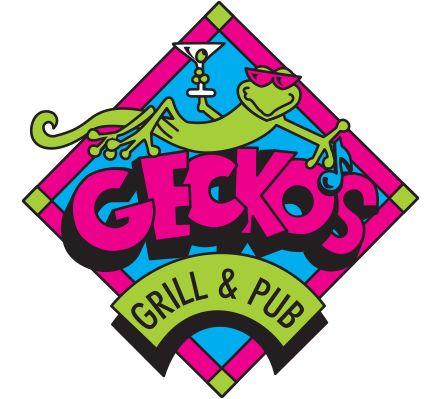Looking for a Great Grouper Sandwich? Here’s How to Find One
by Cooper Levey-Baker, Sarasota Magazine
We’ll never know the name of the genius who first grilled a hunk of grouper flesh and pressed it between two slices of bread, but that unknown hero deserves a statue in every town square in Florida. While grouper has been a staple of the diet of people living around the Gulf of Mexico and in the Caribbean for centuries, and its meat is delicious on its own, it’s the uncanny alchemy of the grouper sandwich that sets the mouths of all true Floridians watering.
But if it’s easy to find a grouper sandwich on a local menu, it’s hard to find a good one. For starters, many restaurants aren’t using real grouper. In one study conducted by Oceana, a nonprofit that works to protect oceans, 38 percent of fish sold in retail outlets in South Florida was mislabeled, with species like king mackerel and whitefin weakfish subbed in for grouper.
If a restaurant is using fake grouper, it’s not always the fault of the chefs and cooks. Many eateries receive fish that’s already been filleted, and unless the staff has an eye trained to detect counterfeit grouper, it’s easy for phony fish to make its way to the table. Karen Bell, a co-owner at Cortez’s A. P. Bell Fish Company, has a handy rule: If a grouper sandwich costs less than $12, it’s not grouper. The grouper sandwich at Star Fish Company, owned by Bell and adjacent to A. P. Bell, costs $13.95. Other top spots for a great grouper sandwich include the Dry Dock Grill on Longboat Key and Walt’s Fish Market in Sarasota.
Grouper must also be prepared correctly—grilled until just cooked through, with thick stripes of char on the outside, but still juicy inside. The beauty of grouper is the way it’s both meaty and flaky at the same time, substantial but also light. Top it with a leaf of lettuce, a scarlet slice of tomato, a few rounds of onion and a schmear of tartar sauce and place it in a bun. Take a bite. Voilà. You’re eating pure Florida.

